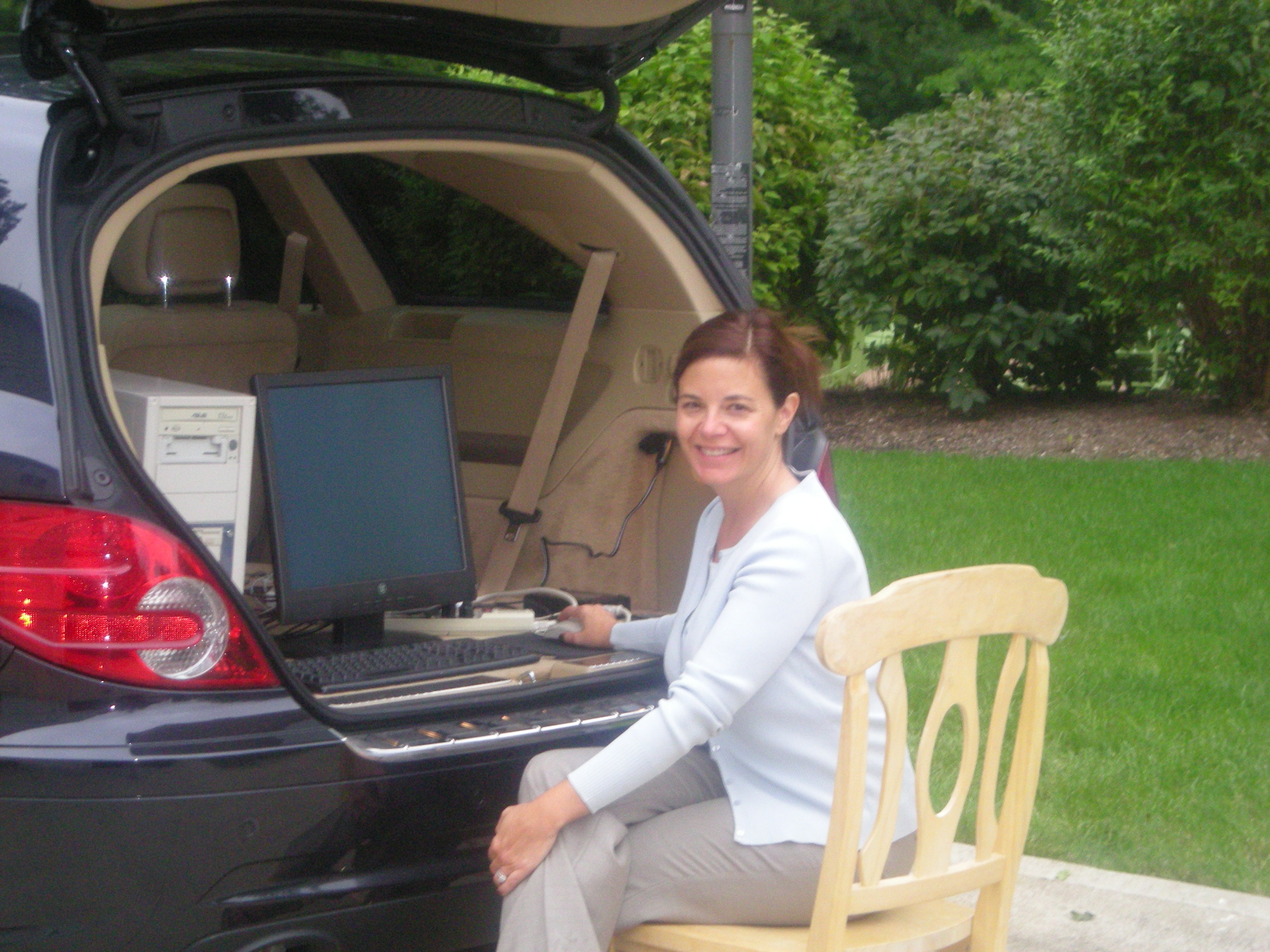If you’ve ever found yourself in the midst of a disaster, you know how quickly a fire, flood, pandemic, or earthquake can erase any illusion of personal safety. Disasters come in all forms, and they can strike whether the economy is strong or in crisis. You can’t prevent disaster, but you can prepare for it. The key: put a plan in place to protect your assets, sustain productivity and provide support where you are able. Over the years, we’ve worked with many foundations to strengthen disaster preparedness in the philanthropic sector. With this blog, we share some of our ideas and resources. Use them today, so you can be prepared for tomorrow.
What If?” 5 Tough Questions to Ask Yourself Right Now:
Could you effectively continue serving your clients and grantees if:
1. Your entire office was destroyed by a fire or flood tonight?
2. Your technology was corrupted and all your files were lost?
3. Your area was struck by a tornado, earthquake or other natural disaster?
4. Your employees couldn’t show up for work due to a flu pandemic?
5. Your offices were forced to close down for a day, a week or a month?
If you answered “no” to any or all of these questions, read on!

5 Compelling Reasons to Put Preparedness on you ‘To-Do’ List
Most of us go through our daily routines blissfully unaware of the potential impact a disaster could have on our life, our work and the communities we serve. Why make preparedness a priority? Here are just a few reasons
1. It could take anywhere from several days to several weeks to receive food, water, electricity or medical services following a major disaster.
2. Prepared or not, your community depends on you. Nonprofits and faith-based organizations are typically expected to offer assistance in a disaster.
3. Very few foundations or nonprofits currently have response plans in place. A recent study revealed that only 19% of foundations in the San Francisco Bay Area are very prepared to operate after a major disaster. Between one half and two thirds of foundations have not yet and are unlikely to help their grantees to prepare.
4. In times of disaster, immediate availability of funds is crucial. There’s no time for lengthy proposals, due diligence, board dockets and quarterly decisionmaking.
5. The Federal government has almost no legal obligation to respond to a disaster, and historically has provided little support to local communities.
Our Top 20 Resources for Preparedness and Response
These realities can be alarming, but help is out there! I’ve combed through stacks of reports and reviewed dozens of websites to find the best resources for disaster preparedness and response. I am happy to share them with you:
Online Clearinghouses for Disaster Information
1. Resources for Grantmakers: Disaster Preparedness and Response Initiative (Northern California Grantmakers)
2. Philanthropy News Digest: Disaster Relief
3. IssueLab: Disaster Relief (IssueLab)
Business Continuity Planning
4. Are All of Your Pieces in Place? Continuity Planning for Foundations (GlaxoSmithKline)
5. Disaster Preparedness and Recovery Plan (Council on Foundations)
6. Planning 4 Survival: Business Continuity Planning CD
(American Red Cross – Cleveland)
Foundation Preparedness and Response
7. Disaster Preparedness and Response Initiative: Needs Assessment (Putnam Community Investment Consulting for Northern California Grantmakers)
8. Disaster Preparedness and Response Initiative: Strategic Plan (Putnam Community Investment Consulting for Northern California Grantmakers)
9. Best Practices in Disaster Grantmaking
(New York Regional Association of Grantmakers)
10.Disaster Grantmaking: A Practical Guide for Foundations and Corporations (European Foundation Center/The Council on Foundations)
Nonprofit Preparedness and Response
11. Ready or Not? Key Findings from the Nonprofit Roadmap to Preparedness for the National Capital Region (The Nonprofit Roundtable/Deloitte)
12. BayPrep (Fritz Institute)
13. Ready or Not: Ensuring Bay Area Nonprofits Can Serve During A Disaster (United Way of the Bay Area)
14. Weathering the Storm: The Role of Local Nonprofits in the Hurricane Katrina Relief Effort (The Aspen Institute)
15. Collaborating Agencies Responding to Disasters (CARD)
Personal Preparedness
16. 72 Hours (San Francisco Department of Emergency Management)
Communications
17. Crisis Communications (Bruce Hennes, Hennes Communications)
Communicable Disease Pandemic Preparedness & Responose
18. Philanthropy’s Respons to the Avian Flue Pandemic (Council on Foundations)
19. PandemicFlu.gov (Centers for Disease Control)
20. Swine Flu (Centers for Disease Control)
Best Practices: 5 Regional Disaster Collaboratives of Foundations and Nonprofits
Many of your colleagues in the philanthropic community have already joined forces to assess needs, coordinate planning, convene task forces and pool funds. Follow these links to see how they do it, then consider how you might do the same in your own community.
Northern California Grantmakers Disaster Preparedness & Response Initiative
Association of Baltimore Area Grantmakers Disaster Preparedness Task Force
San Diego Regional Disaster Fund
New York Regional Association of Grantmakers Gulf Coast Recovery Task Force
Greater Washington Nonprofit Emergency Preparedness Task Force
If you have resources, expertise, or resources to share, I welcome your comments!
Posted by Kris Putnam-Walkerly © Kris Putnam-Walkerly and Philanthropy411, 2009






